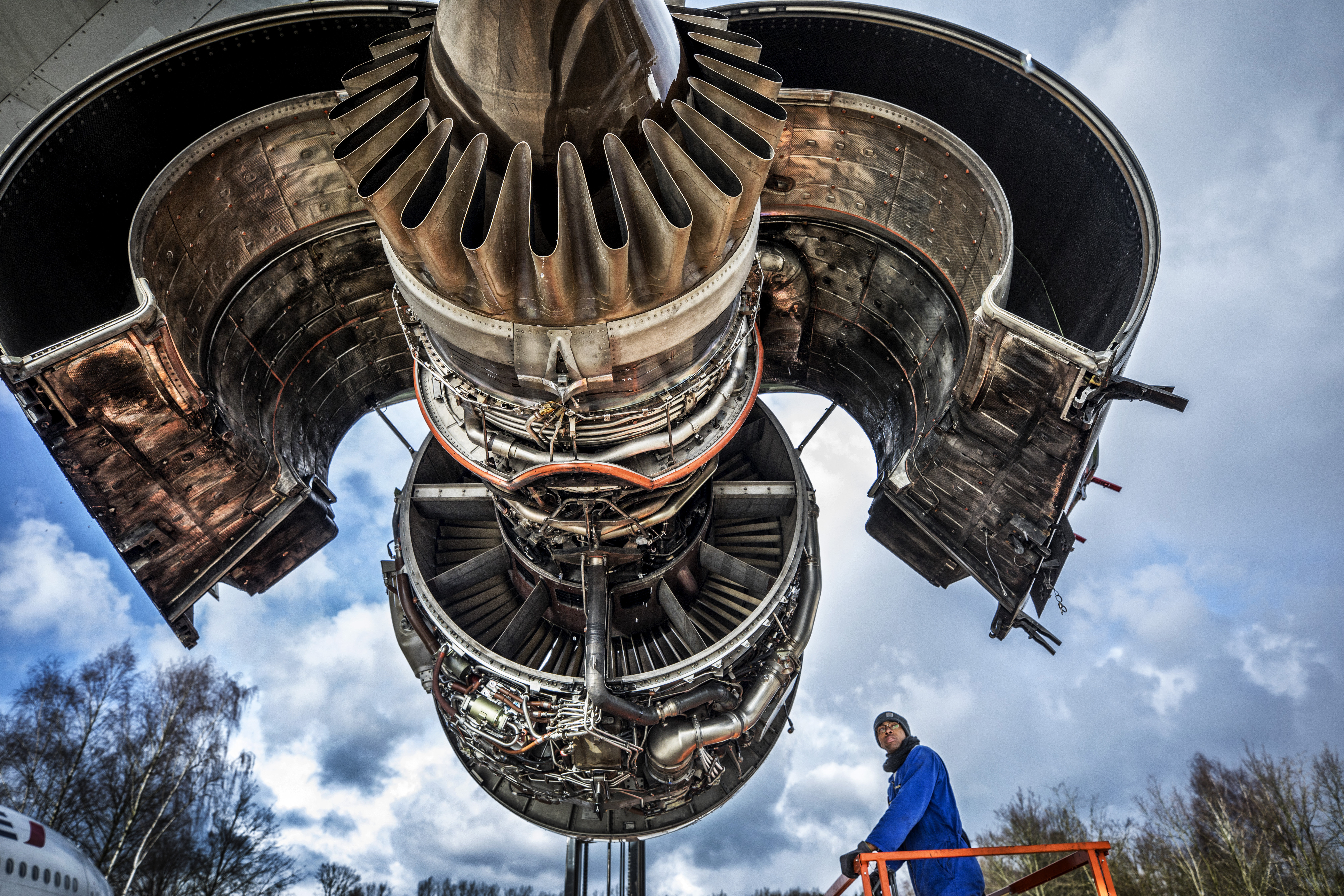Recycling aircraft
If you fast-forward Derk-Jan van Heerden’s work, it’s a bit like watching a scene in a nature documentary in which red ants demolish a carcass. Only the TU alumnus works with metal rather than flesh and blood. “There are about 250 tonnes of aluminium at Twente Airport," says Van Heerden over the phone.
The engineer recently bought two discarded Boeing 747s that were formally part of KLM’s fleet and two A340s from Air France. His company, Aircraft End-of-Life Solutions (AELS), disassembles the aircraft and ensures that the parts are reused or recycled. The planes, which are about 20 years old, were still in tip-top condition, but they were running on four engines. Nowadays, airlines prefer to cross the ocean with twin-engine aircraft because they are more economical. In the past this was not allowed due to safety reasons, but now that engines have improved, airlines have been given the green light. While he was studying Aerospace Engineering, Van Heerden did an internship at KLM and was confronted with a completely different aspect of aviation that he had not learnt about during his degree: aircraft wreckages.
It is profitable to disassemble a Boeing and reuse the parts
For KLM, he calculated that it is profitable to disassemble a stranded Boeing and reuse the parts. He discovered a gap in the market and founded AELS immediately after graduating in 2005. “The two A340s we are currently working on are very interesting because they were developed at the same time as the twin-engine A330s, which are still popular,” says the entrepreneur. “Most of the equipment is the same, so a lot can be reused.”
A lot of the parts are overhauled and recertified. It usually takes about two months to disassemble a complete aircraft. AELS also has a solution for recycling the cockpits; they usually go to companies that use them to build simulators. Seats go to training facilities for flight attendants or end up in waiting areas in travel agencies. Anything that AELS does not manage to resell (most of the hull, for example) is cut into smaller pieces and recycled.
